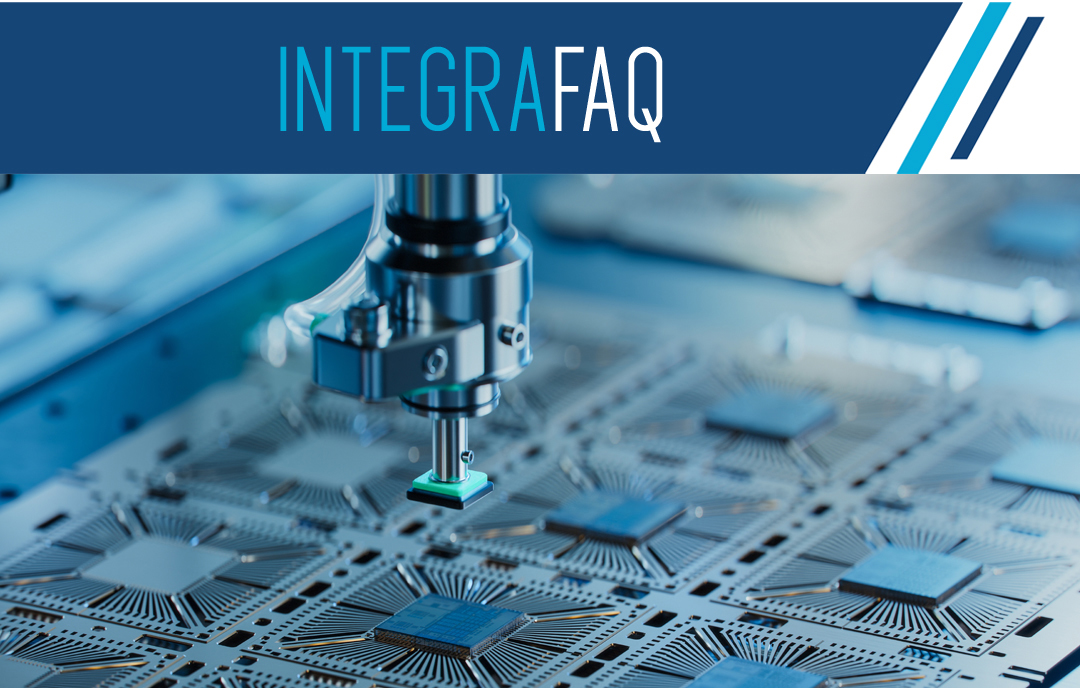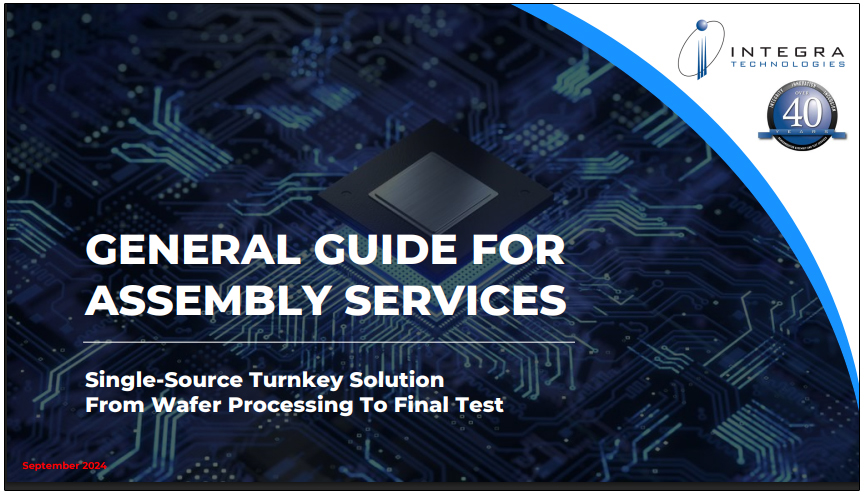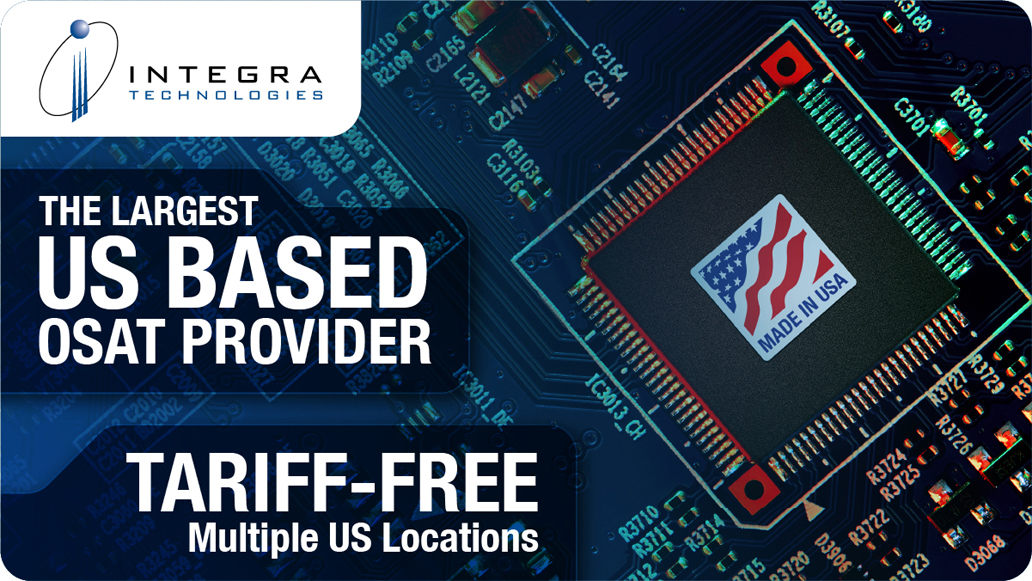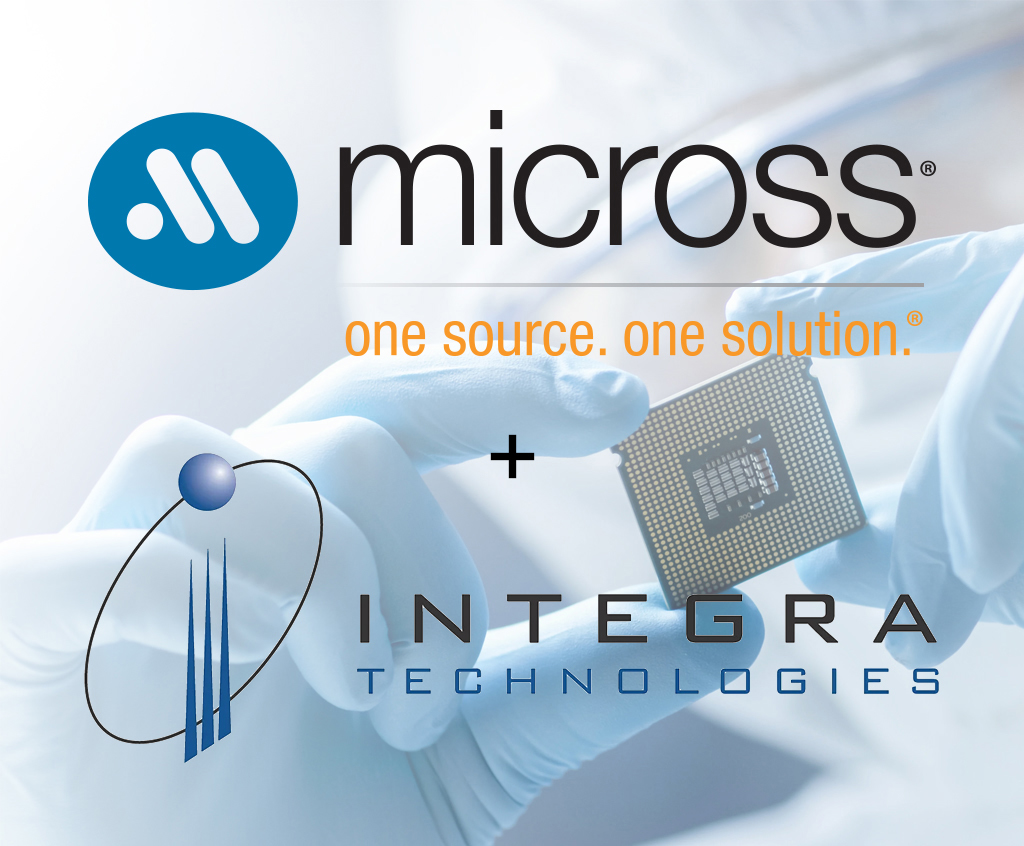Understanding Semiconductor Device Upscreening
Up-screening is the testing a device to a wider temperature range than the original manufacturer specified. Up-screening a device does not subject it to any environmental stresses (Temp Cycle, HAST, etc.).
The semiconductor suppliers today primarily develop new devices for the commercial consumer electronics markets where devices are typically tested from 0°C to +70°C. However the demand for sophisticated electronics in the military, space and industrial markets is higher than ever. Many of the applications in these markets must exist in a harsh, high-temperature environment. The typical operating temperature range for industrial applications is -40°C to +85°C and -55°C to +125°C for military and space applications. The only way to assure commercial temperature range devices can operate at these extended temperature ranges is to perform full AC/DC/Functional testing to “Upscreen” them for these harsher environments.

Q: What is semiconductor device upscreening?
A: Upscreening is the process of testing commercial-grade semiconductor devices to ensure they meet higher-reliability standards, such as those required for military, aerospace, or medical applications. It helps extend the use of available components into environments where performance is critical.
Q: Why is upscreening necessary?
A: Sometimes, the exact part you need isn’t available in a military- or space-grade version. Upscreening verifies that commercial devices can perform reliably under harsh conditions like extreme temperature, vibration, or radiation. It ensures mission-critical systems aren’t put at risk.
Q: What tests are performed during upscreening?
A: Typical tests include:
- Temperature cycling and burn-in
- Electrical parameter testing
- Visual inspection and X-ray analysis
- Hermeticity testing (for packaged parts)
- Mechanical shock and vibration testing
Q: Who benefits from upscreening?
A: Industries such as defense, aerospace, medical, and automotive benefit most, as they require proven reliability in environments where component failure is not an option.
Q: How does upscreening reduce risk?
A: By validating parts against stricter standards, upscreening ensures devices won’t fail prematurely, even in extreme conditions. This reduces costly recalls, redesigns, or mission-critical failures.
Q: How do I choose the right upscreening partner?
A: Look for a provider with:
-
Accredited testing facilities (MIL-STD, JESD standards)
-
Experienced engineering staff
-
Proven track record with aerospace and defense customers
- The ability to customize test flows to your program’s needs
Q: How does upscreening differ from standard qualification testing?
A: Standard qualification testing verifies devices meet the manufacturer’s published specifications for commercial use. Upscreening goes further by testing beyond those limits to simulate the harsher environments of aerospace, defense, or medical applications. It bridges the gap between commercial-off-the-shelf (COTS) components and high-reliability requirements.
Q: Is upscreening cost-effective compared to sourcing military-grade parts?
A: Yes, in many cases. Military- or space-grade parts may be hard to source, have long lead times, or carry premium pricing. Upscreening allows companies to qualify widely available commercial devices for critical applications, often saving time and money while still ensuring reliability.
Have more questions? Let us know: sales_inquiry@integra-tech.com




